Exploring the importance of testing in SDLC: How does STLC enhance technology reliability?
In software development, testing plays a crucial role in ensuring the reliability and efficiency of end products. An essential component of the Software Development Life Cycle (SDLC) is the Software Test Life Cycle (STLC).
This systematic integration enables AYOKAI to carry out tests at every stage of development, optimizing the performance and quality of our solutions. Thanks to these rigorous tests, we guarantee impeccable functionality and reinforce end-user confidence.
What is the SDLC (Software Development Life Cycle)?

The SDLC (Software Development Life Cycle) is a methodological framework that guides the creation and maintenance of high-quality software. This process is essential for structuring development stages in an orderly and predictable way.
The different phases of the SDLC :
Planning
This initial phase involves defining project objectives, identifying user needs and drawing up a detailed plan to achieve the desired results. This is the time when resources, deadlines and costs are estimated, providing a solid foundation for the project.
Design
During this stage, developers and designers work together to create the system architecture and user interfaces. Design plans detail how software requirements will be technically realized, ensuring that the final product will be both functional and aesthetically pleasing.
Development
Here, the code is written. Developers transform designs into working software using a variety of programming languages. This is an intensive creative phase, where the functionalities specified in the design are brought to life.
Test
During testing, the software is rigorously evaluated to ensure that it is defect-free and meets established quality criteria. Bugs are identified and corrected. This step is crucial to guarantee the reliability and security of the software.
Deployment
Once the software has been tested and approved, it is deployed in the production environment or delivered to users. This phase can also include phased deployments to limit risks.
Maintenance
After deployment, the software is not abandoned. Ongoing maintenance is necessary to correct problems that arise with continued use. It also serves to update the software in line with user feedback or technological changes.
What is STLC (Software Testing Life Cycle)?

The Software Testing Life Cycle (STLC) is a crucial process in software development, focusing specifically on the different phases of testing. Contrary to a general perception that limits testing to a single phase, the STLC emphasizes that testing is a continuous process with several key stages:
- Test planning
Definition of test objectives and strategies.
- Test case design
Detailed creation of test cases based on requirements.
- Test environment preparation
Configuration of the environment required to run the tests.
- Test execution
Perform tests and document results.
- Test closure
Evaluate test data and conclude test activities.
STLC phases and their correspondence with SDLC
The STLC is not an isolated entity, but a series of integrated processes closely linked to the SDLC phases, thus reinforcing the structure and efficiency of testing. Here’s how each STLC phase aligns with the corresponding SDLC steps:
Test planning: Synchronization with SDLC planning
As early as the SDLC planning phase, testing is considered. This crucial step defines test objectives, resource requirements and schedule, aligned with overall project goals. This ensures that planned tests cover all critical aspects of development from the outset.
Test case design: Integration during SDLC design
In parallel with system design, testers develop detailed test cases based on the defined requirements. This phase ensures that every feature developed will have a corresponding test case ready for execution, thus optimizing the efficiency of future test phases.
Preparing the test environment: Set up during the SDLC development phase
As development progresses, the necessary test environment is prepared. This includes configuring the test tools and organizing the data needed to run the planned tests, enabling smooth, uninterrupted testing.
Test execution: Alignment with the SDLC test phase
This is the heart of the action in the SDLC. Designed tests are executed to validate the software’s functionality, security and performance. This phase is essential for identifying bugs and deficiencies before the software moves on to the deployment phase.
Test closure: Alignment with SDLC deployment phase
After test completion, this final stage of the STLC involves the analysis of results and documentation of findings, aligned with the SDLC deployment phase. This ensures that everything is ready for the software to go into production, with full quality assurance.
Exploring the different types of testing in STLC
Each type of test in the STLC plays a specific and essential role in ensuring the quality and reliability of software at different stages of its development. Here’s a detailed overview of each type of test:
- Unit testing
Unit testing is the first line of defense in the testing process. They focus on the smallest units of software code to check that they work correctly in isolation. These tests are essential, as they enable errors to be detected early in the development cycle, facilitating less costly and faster corrections.
- Integration testing
After the individual modules have been tested, integration tests check how these modules interact with each other. This type of testing is crucial for identifying problems at the interfaces between modules, ensuring that the software functions consistently and in line with systemic design expectations.
- System testing
System testing examines the complete behavior of the software in an environment that simulates production. This test phase evaluates the performance, security and overall functionality of the system, ensuring that the software meets overall specifications and requirements before moving on to the acceptance phase.
- Acceptance testing
Carried out with or by end-users, acceptance testing ensures that the software can perform the tasks for which it was designed under real-life conditions. These tests are decisive in obtaining user approval and confirming that the system is ready for deployment.
- Non-regression testing
Non-regression testing is essential to ensure that new software modifications or updates do not introduce new defects in existing functionality. They are particularly important in maintenance phases, where regular code modifications can have unexpected impacts on the existing system. These tests help to maintain the software’s stability over time and guarantee a seamless user experience.
How AYOKAI optimizes software development with STLC?
Chanel project: Optimizing a mobile application
At AYOKAI, integrating STLC into the development of the Chanel mobile application has significantly enhanced its stability and user performance. By focusing on rigorous testing at every stage of development, from design to maintenance, we ensured continuous improvement, precisely meeting the brand’s luxury and quality requirements.
Oddo-BHF project: international quality assurance
For the Oddo-BHF project, AYOKAI deployed STLC to standardize quality practices across globally dispersed teams. This approach not only standardized testing processes, but also improved communication and consistency between groups, ensuring impeccable software quality with every update and deployment.
Conclusion
Mastering the Software Development Life Cycle (SDLC) and the Software Testing Life Cycle (STLC) is essential for any developer or company wishing to produce high-quality software. At AYOKAI, we rigorously integrate STLC into every phase of the SDLC, enabling us not only to meet technical requirements, but also to ensure the reliability and performance of our software solutions. Our projects with Chanel and Oddo-BHF illustrate how the practical application of these cycles contributes to continuous improvement and customer satisfaction.
By recognizing the importance of each test phase and applying it systematically, we can prevent problems before they occur, thereby reducing costs and increasing efficiency. This demonstrates that testing is not a final step, but an essential integrated component throughout software development.
Contact AYOKAI for a collaboration or to find out how our methods can optimize your development projects. We’re ready to help you make your software initiatives a success.

